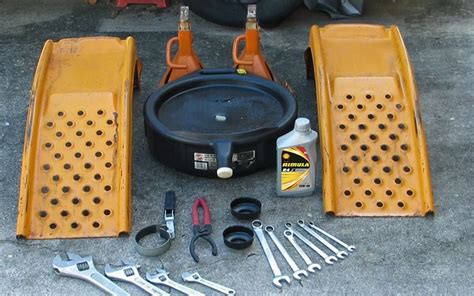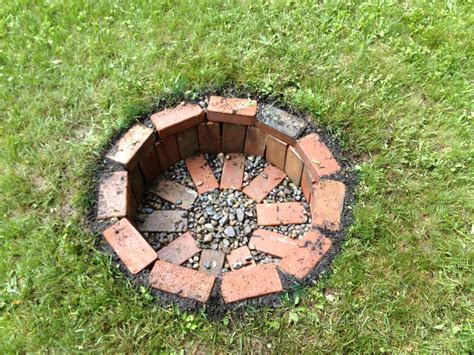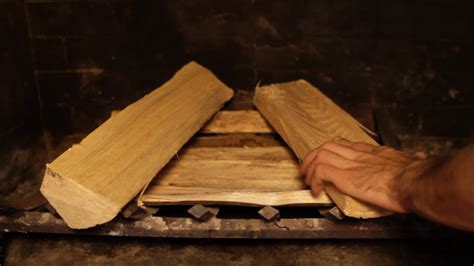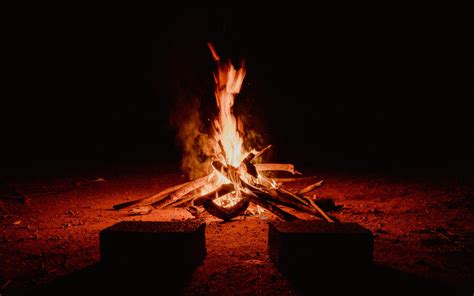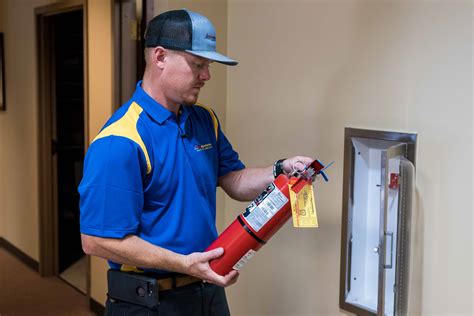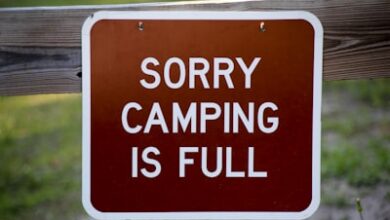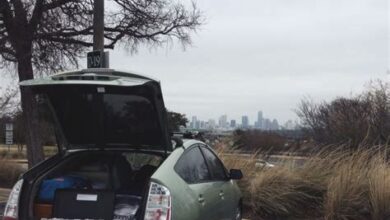How to Build a Campfire? ⏬
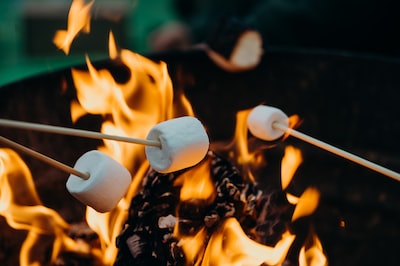
As the sun dips below the horizon and the stars begin to pepper the sky, there’s nothing quite like the warm glow and crackling sound of a campfire to complete your outdoor experience. Whether you’re a seasoned woodsman or a first-time camper, mastering the art of building a campfire is an essential skill that not only enhances the ambiance but also serves practical needs for warmth, cooking, and comfort. In this blog post, we will guide you through each step of creating the perfect campfire—from selecting the ideal spot that ensures safety and enjoying your fire to the tee, to gathering all the materials you’ll need for a lasting blaze. We’ll dive into the specifics of constructing a fire pit, arranging your firewood for the best burn, as well as techniques for lighting your campfire without any mishaps. And to ensure your fireside tales end as safely as they begin, we’ll also cover how to properly maintain and extinguish your fire. So grab your marshmallow sticks, and let’s get started on building a campfire that’s sure to be the highlight of your outdoor adventure.Learn to safely build a perfect campfire with our guide on location selection, materials, pit construction, firewood arrangement, ignition, and fire maintenance.
Choosing The Right Location
Finding the perfect location is the initial step in the enlightening journey of learning how to build a campfire. This choice isn’t just about aesthetics; it demands a thoughtful consideration of safety, practicality, and environmental impact. Thus, one must survey the campsite with a discerning eye, looking for a clear, flat space away from trees, bushes, and other flammable materials that could turn a serene night at the campsite into a frantic rush for safety.
Moreover, you should establish your camping haven where local regulations or park rules permit campfires. Many areas have designated fire pits or rings which are often strategically placed to minimize the risk of wildfires. In your quest for a suitable spot, it’s critical to gauge the wind direction to ensure that prevailing winds do not carry embers towards tents, gear, or the forest’s whispering underbrush, which could spell disaster in dry conditions.
When settling on a spot, whether it be a well-worn campsite or a more rustic setting, the impact on the surrounding terrain should always be minimal. Adhering to the principles of Leave No Trace, one should seek already impacted areas or use established fire rings, thus ensuring the natural habitat remains as undisturbed as possible as you indulge in the timeless camaraderie of a shared campfire.
Lastly, in the careful choreography of learning how to build a campfire, responsible campers should always have water or a shovel at hand to manage or extinguish the fire if necessary. This preparation means that, once the perfect spot is chosen, the forthcoming dance of flames will not only provide warmth and light but also peace of mind.
Gathering The Necessary Materials
To embark upon the quintessential camping activity, which is to build a campfire, one must first devote attention to gathering the pertinent materials required for a safe and enduring burn. One cannot underestimate the importance of preparation; it is, after all, the bedrock upon which the campfire experience is built. As we delve into the details, it is imperative to note that having the right materials at hand will greatly streamline the process of constructing your campfire.
The initial step in this preparatory phase involves the collection of tinder—fine, dry materials that catch fire easily, such as dry leaves, pine needles, or small twigs. Tinder serves as the foundation for igniting the larger pieces of wood. Next in line is kindling, which includes smaller sticks typically less than an inch in diameter; kindling is critical as it catches fire from the tinder and burns long enough to light larger logs. A further layer of the materials hierarchy is the main fuelwood, which consists of larger pieces of wood that will sustain the campfire for an extended period.
Moreover, to ensure your preparations are in alignment with environmental preservation, it is essential to use materials that are either found on the ground or sourced responsibly. Gathering dead and downed wood helps protect living trees and contributes to a healthier forest ecosystem. Below is a simple table outlining the recommended quantities of each material to collect:
| Material | Quantity |
|---|---|
| Tinder | A sizable handful |
| Kindling | Several armfuls |
| Fuelwood | As needed, depending on fire duration |
To conclude, gathering the demanded materials is an indispensable step when one embarks on the endeavor to build a campfire. This process, although it might seem mundanely simplistic, plays a crucial role in not only the inception but also the longevity and strength of your campfire. With your materials correctly assembled, you’ve laid the groundwork for a campfire that can be safely enjoyed by all the members of your camping sojourn.
Building The Fire Pit
When embarking on the essential task of how to build a campfire, creating a solid and secure fire pit stands as one of the crucial steps that warrants careful attention and meticulous preparation. A fire pit not only provides a contained area to maintain and control the campfire but also significantly reduces the likelihood of inadvertent fire spread, ensuring safety and compliance with responsible outdoor ethics.
The process of building a fire pit begins with selecting a spot that is at a safe distance from tents, trees, and any flammable materials; a bare, flat patch of dirt is typically an ideal location. Once the spot is chosen, removing all debris and creating a pit surrounded by rocks or a metal fire ring, if available, helps in creating a boundary that will contain the campfire’s embers and flames.
While constructing the fire pit, the dimensions should be kept proportionate to the size of the campfire you intend to create; a general guideline might suggest a pit approximately one foot deep and two to three feet in width. The use of a ring of stones or a commercially available fire ring can serve as an additional protective barrier; these should be placed in a circular formation with stability in mind to ensure that they do not easily topple over once the campfire is lit.
Incorporating the broader aspects of the environment, thoughtful campers often consider wind direction and the possibility of sparks or embers igniting nearby foliage. It is advisable not just to rely upon this arrangement but to have water or a shovel handy as a precautionary measure. Once your fire pit is properly constructed, you’re well on your way to mastering how to build a campfire and enjoying the comforting crackle of burning logs under a starlit sky.
Arranging The Firewood
When it comes to how to build a campfire, one of the critical steps is properly arranging the firewood. After you’ve chosen your location and built your fire pit, it’s time to lay the wood in a structured manner to ensure a sustainable burn. There are several methods you might use, but the most common arrangements are the teepee, log cabin, and lean-to structures.
The teepee setup involves standing pieces of kindling upright and leaning them against each other over a pile of tinder, resembling a cone-shaped teepee. As the kindling begins to catch fire from the tinder, you can add larger logs to the structure, which promotes airflow and encourages the flames to grow. The log cabin arrangement, on the other hand, consists of placing the firewood in a square, log-cabin-like shape around the tinder, allowing for a solid, long-lasting burn.
Alternatively, the lean-to method involves placing a large log flat on the ground and leaning smaller pieces of kindling against it over a tinder pile. This is particularly useful in windy conditions, as the large log acts as a windbreak, protecting the fledgling flames. Choose your method based on the conditions and resources available to you.
In the table below, you will find a simple breakdown of these three methods for arranging the firewood:
| Method | Description | Benefits |
|---|---|---|
| Teepee | Kindling is leaned in a cone shape over tinder | Promotes airflow, good for quick and hot fires |
| Log Cabin | Logs are stacked in a square pattern around tinder | Stable structure, long-lasting burn |
| Lean-To | Kindling is leaned against a large log over tinder | Good for windy conditions, log acts as windbreak |
Lastly, regardless of the method you choose when arranging the firewood, remember that patience is key. The structure you build will require time for the fire to catch and establish itself. As the flames grow, maintain the campfire by carefully adding more wood to ensure your fire remains steady and safe throughout its use.
Lighting The Campfire Safely
When it’s time to transform the carefully arranged stack of firewood into a warm, crackling campfire, understanding how to build a campfire safely is of paramount importance. The glow of the flames can be a comforting sight, especially when camping in the great outdoors, yet without due caution, this spectacle can quickly become a peril. In this part of our campfire series, we will guide you through the essential steps to lighting the campfire safely, ensuring everyone can enjoy the campfire experience without risk.
First and foremost, ensure that you have a means of extinguishing the fire nearby before even attempting to light it. This could be a bucket of water, sand, or a fire extinguisher appropriate for outdoor use. Once this safety measure is in place, you can begin the lighting process. Start by lighting smaller, easily ignitable materials such as tinder or kindling. Using matches or a lighter, carefully ignite the tinder, avoiding any flammable liquids which can cause the fire to get out of control rapidly and unpredictably.
As the tinder begins to burn, delicately add larger pieces of kindling, whilst maintaining a safe distance from the flames to prevent any accidental burns or injuries. It’s essential to build the fire slowly, allowing each piece of kindling to catch without smothering the flames. The gradual addition will encourage a robust fire that will burn steadily and safely. As the kindling takes fire, you can start adding larger pieces of wood, following the structure you set up whilst arranging the firewood.
Mindful observation is key during the initial stages of the campfire. Keep an eye out for any embers escaping the designated fire pit area, which may be a sign that you need to adjust your firewood arrangement or reduce the size of the fire. Additionally, never leave the fire unattended, as wind conditions can change swiftly and could potentially spread the flames beyond your control. With these careful considerations, lighting the campfire safely becomes a responsible and manageable task that enhances the outdoor experience for everyone involved.
Finally, as the campfire comes to life, bask in the warmth and ambiance it provides, always mindful of the responsibility that comes with managing an open flame. Adhering to these guidelines not only ensures a pleasant and secure atmosphere but also reflects a respect for the natural environment, ensuring it remains unspoiled for future adventurers. With the campfire now burning steadily, you can proceed to the next step, which involves maintaining and extinguishing the fire, guaranteeing that the only traces left behind are memories of the warmth and the storytelling shared around the safe and splendid campfire you’ve created.
Maintaining And Extinguishing The Fire
To ensure a pleasurable campfire experience, maintaining it properly is just as imperative as having it well-lit. A consistently maintained fire not only provides warmth and light but also minimizes the risk of unforeseen incidents. What many don’t realize is that the process of maintaining a fire is an active task; it involves regularly adding fuel, adjusting the wood, and monitoring the flame behavior for an optimal burn.
When your campfire is roaring, you must stay vigilant, incorporating larger pieces of wood when necessary to keep the fire at the desired intensity. This doesn’t mean simply tossing in logs; rather, carefully place them in a way that allows the fire to breathe and grow. Adhering to this sustainable approach ensures that your campfire can provide hours of enjoyment without waning. Remember, throughout this process, safety should be your cardinal rule; always have water or a fire extinguisher within arm’s reach in case the flames become unruly.
As the night wanes and it’s time to retire, knowing how to extinguish a campfire correctly is crucial for both environmental conservation and safety. Start the process well before you plan to leave the site, as a thorough extinguishing takes time. You should sprinkle water over the embers, thoroughly soaking them, avoiding a deluge that can flood the site. Stir the embers with a stick or shovel to ensure all the hotspots are cooled down, until the hissing sound ceases and steam no longer rises from the ashes.
It’s paramount to ensure the fire has been completely extinguished. The campfire site should be cool to the touch; if any warmth is still detected, continue the process of soaking and stirring. Once you’ve ascertained that the campfire has been properly put out, you can responsibly leave the site, confident that you’ve minimized the risk of igniting a wildfire. This is the part where the saying, ‘leave no trace’ becomes more than just a catchphrase—it’s about safeguarding both the wilderness you enjoyed and the people who come after you.
For reference, here’s a checklist you can use when maintaining and extinguishing your campfire:
- Keep watching the fire and never leave it unattended.
- Add wood strategically to maintain the desired size.
- Have water or a fire extinguisher handy at all times.
- Start extinguishing the fire well before you plan to leave.
- Soak the embers completely with water and stir until cool.
- Check the site to ensure it’s cool to the touch before departure.
Frequently Asked Questions
What safety precautions should you consider before building a campfire?
Before building a campfire, ensure you’re in a safe area away from flammable materials like dry leaves and overhanging branches. Check the wind conditions to prevent embers from spreading, and always build a campfire in a designated fire pit or ring if available. Also, keep a water source or fire extinguisher nearby in case you need to extinguish the flames quickly.
What materials do you need to start a campfire?
To start a campfire, you will need three types of materials: tinder (small twigs, dry leaves, or grass that catch fire easily), kindling (small sticks that are larger than tinder but smaller than fuel wood), and fuel wood (larger pieces of wood that will burn for a prolonged period). In addition, bring matches or a lighter to ignite the tinder.
How do you arrange the wood for a campfire?
There are various methods to arrange wood for a campfire, but one common technique is the ‘teepee’ structure, where you place your tinder bundle in the center and lean kindling sticks around it like a teepee. Once the kindling is lit, gradually add larger sticks and then fuel wood while maintaining good airflow.
How can you make sure your campfire lights successfully?
To light a campfire successfully, ensure your materials are dry and start with a small amount of tinder. Light the tinder and gently blow at the base of the fire to provide additional oxygen, which fuels the flames. Gradually add more tinder and kindling until the fire is established before adding larger pieces of wood.
What is the best way to extinguish a campfire safely?
To extinguish a campfire, sprinkle water over the embers while stirring them with a stick to make sure all the hot spots are cooled down. Avoid pouring too much water at once, as it can flood the area and create a mess. Once you can no longer see flames or embers and you cannot feel heat from the ashes, the fire is out. Then, it’s safe to leave the site.
Is it necessary to clear the ground before building a campfire?
Yes, it’s important to clear the ground of any flammable materials and debris before building a campfire. This helps prevent the unintended spread of fire and ensures a safe space to manage the flames. If available, use a designated fire pit or ring. If you need to create a new fire spot, clear a wide area and consider surrounding it with rocks to contain the fire.
Can you use any wood for a campfire or are there specific types that are better?
Not all wood is ideal for a campfire. Hardwoods like oak, maple, and birch burn longer and provide more heat, making them better options for fuel wood. Avoid using softwoods like pine for the main fuel since they burn quickly and can be quite smoky. Also steer clear of any wood that is green, wet, or treated with chemicals as these can produce harmful smoke and are difficult to burn.


